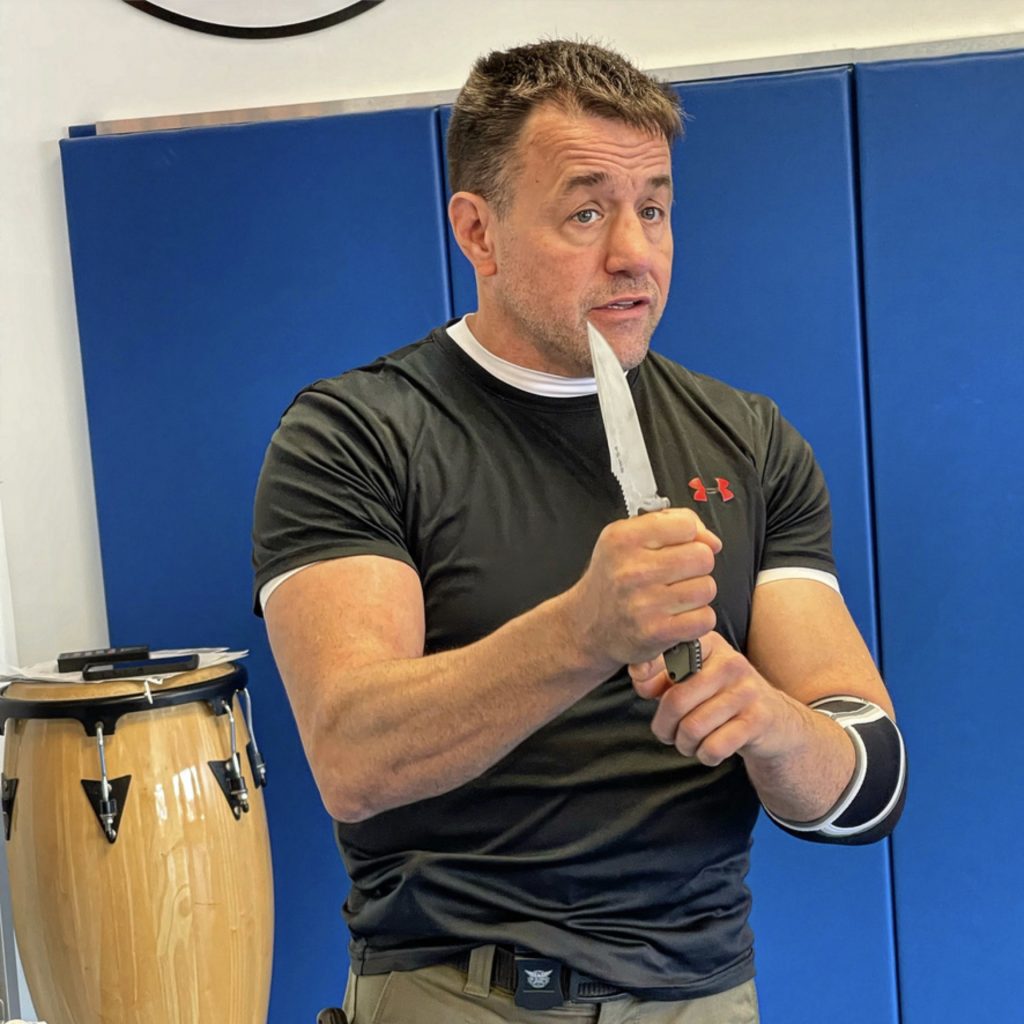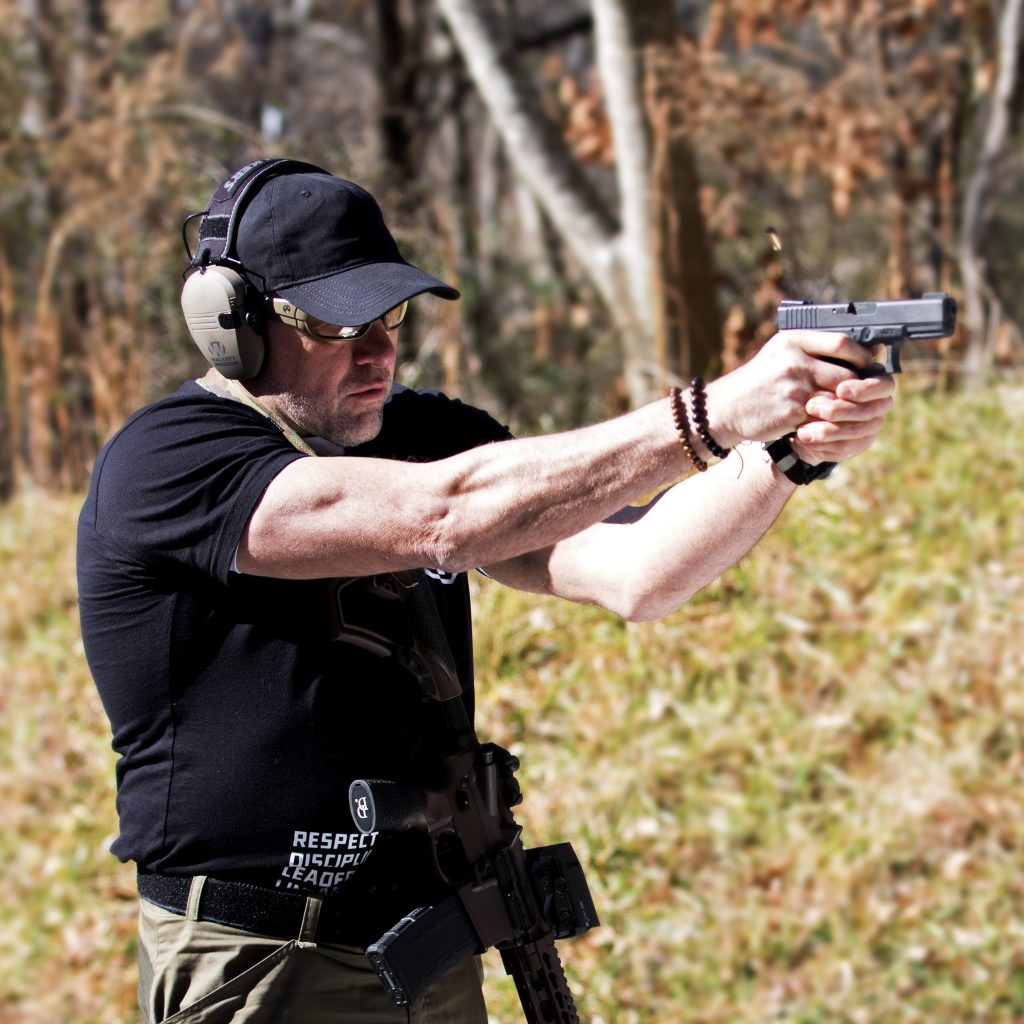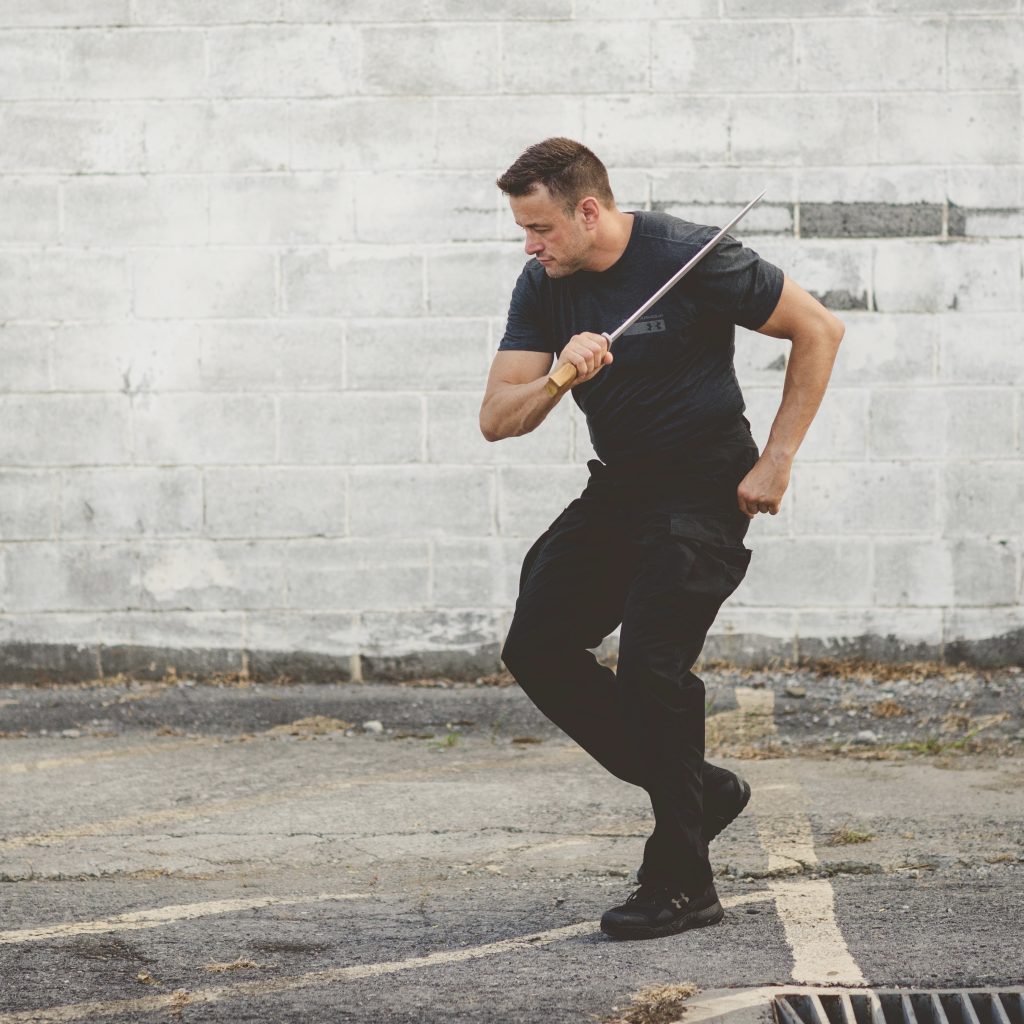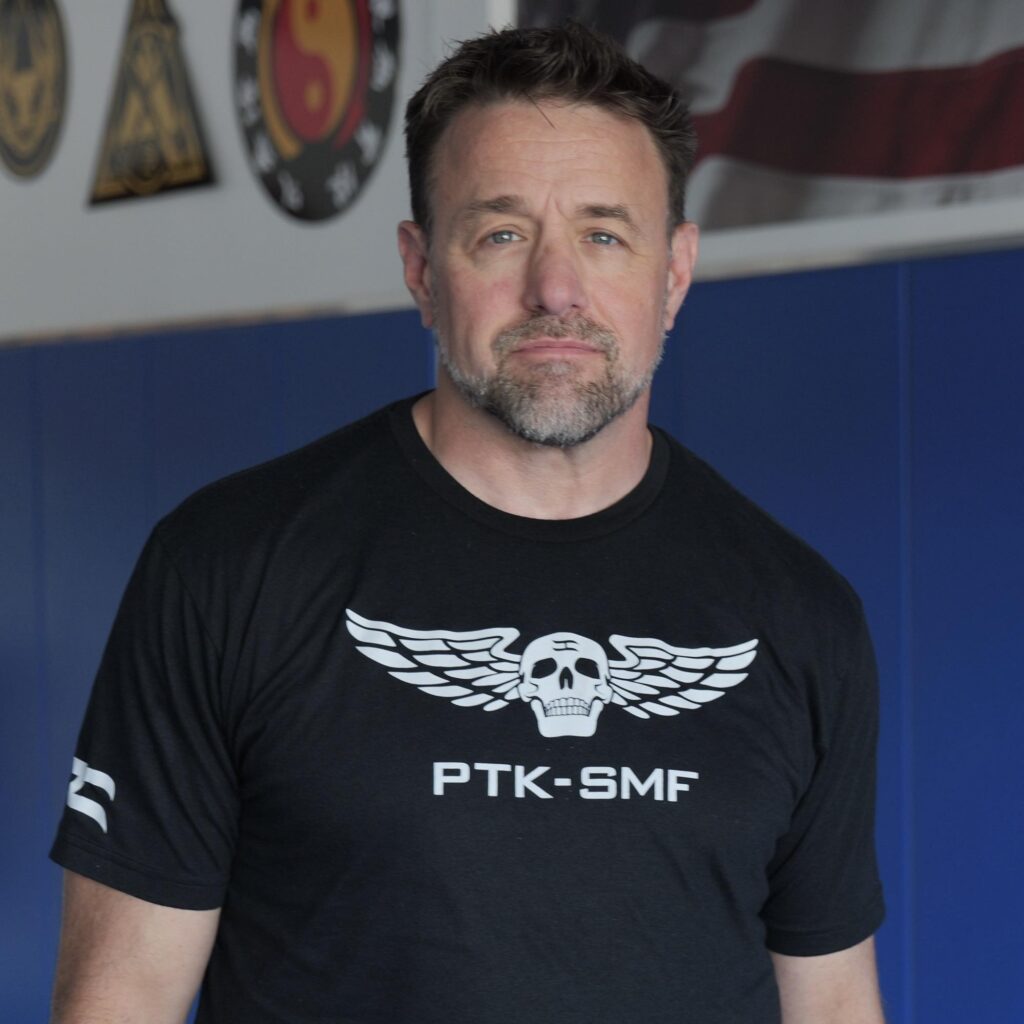
Over my 45-plus years of involvement in the martial arts and defensive tactics industry, I’ve witnessed significant shifts in how these arts are practiced and taught, particularly in the United States. One of the most pronounced changes has been the transition from comprehensive martial arts systems—those that traditionally encompassed both weaponry and empty-hand techniques—to programs almost exclusively focused on empty-hand methods. This evolution didn’t happen overnight; it emerged through a combination of cultural, economic, legal, and entertainment influences. Here, I’d like to share my insights into how and why this shift occurred, along with its implications for martial artists today.
When martial arts first began to penetrate American culture significantly, particularly post-World War II, they arrived as complete, integrated systems. Martial arts like Okinawan Karate, Japanese Jujitsu, Filipino Kali, and Chinese Kung Fu were inherently holistic. They included empty-hand striking, grappling, forms, internal development (breathwork, posture, tension control) Physical culture, and—critically—weaponry training. Weapons such as bo staffs, blades, knives, sticks, and other traditional tools were integral, not optional. They weren’t taught as flashy additions but as fundamental aspects of real-world combat readiness.
The 1960s and ’70s saw a significant spike in martial arts interest driven by military veterans returning from Asia, bringing traditional systems to their hometowns. Alongside this was a cultural wave led by Hollywood films and television series featuring martial arts icons like Bruce Lee. Lee’s films introduced martial arts to mainstream America, capturing imaginations with dynamic, high-energy choreography. However, as Hollywood leaned into spectacle, the portrayal of martial arts began emphasizing empty-hand combat—dramatic, elaborate fight sequences that were visually thrilling but often disconnected from practical realities.
This shift toward spectacle greatly influenced how martial arts schools approached training. As the martial arts industry expanded rapidly through the ’80s and ’90s, the emphasis moved increasingly toward simplified, structured, commercially viable systems. Disciplines like Karate and Tae Kwon Do grew especially popular because they featured easily understood belt-ranking systems and standardized curriculums and did not require the complexity, liability, or expense associated with weapon training. Removing weapons simplified logistics significantly, making martial arts accessible to children, families, and the general public in a manageable way.
Commercialization itself isn’t inherently negative—it helped martial arts reach a broader audience—but it did alter the focus. The introduction of weaponry training brought challenges, notably higher liability, increased insurance costs, and legal complications. Schools became hesitant to handle these added responsibilities. Moreover, the required student-teacher ratios for effective weapons training are significantly lower, making it economically challenging for schools seeking scalability and profitability.
“Be polite, be professional, but have a plan to kill everybody you meet.”
General James Mattis
Additionally, the rise of sport martial arts contributed heavily to this trend. Tournament-style competitions typically emphasize speed, agility, and aesthetics over realistic combative effectiveness. Weapons training in these arenas evolved into flashy, choreographed routines, often accompanied by music and theatrical acrobatics. While these performances are impressive in terms of athleticism and creativity, they increasingly diverged from the realistic combative roots of martial arts. This shift diluted the genuine application, strategy, and combative mindset associated with traditional weapons practice.

A crucial yet often overlooked factor is the cultural drift that has subtly influenced martial arts training in America. As schools aimed to attract broader demographics, the language and framing around martial arts shifted toward concepts like “discipline, confidence, and fitness.” While these are valid and admirable outcomes, they frequently overshadowed martial arts’ original combative purposes. Thus, weaponry—which inherently emphasizes confrontation, risk, and combat—was often set aside to preserve a non-threatening image suitable for family-oriented martial arts schools.
Hollywood and the entertainment industry’s portrayal of combat further exacerbated the issue. Films often glamorize unrealistic scenarios where protagonists easily overpower armed opponents bare-handed. These portrayals are entertaining but seldom reflect reality. Real combat scenarios seldom resemble choreographed Hollywood fights, and weapons significantly change the dynamics of any encounter. Historically and practically, a genuine predatory mindset seeks the easiest path to victory—often involving weaponry. Ignoring this reality leaves martial arts practitioners underprepared for real-world situations.
Today, many martial arts systems have evolved into forms that rarely, if ever, introduce practical weapons training. Students can progress through advanced ranks without experiencing realistic weapon scenarios. In my professional opinion, this represents a significant disservice to practitioners, particularly those seeking self-defense capabilities. A comprehensive martial education should equip students not just physically and mentally but also tactically, preparing them for realistic threats involving weapons.
Indeed, if one’s goal is solely personal development, health, and fitness, numerous martial arts systems effectively fulfill these needs. However, when self-defense is also claimed as a benefit, schools bear the responsibility of providing realistic, comprehensive instruction. Nearly anything might “work” against an untrained attacker, but effectiveness in real-world confrontations demands more sophisticated training and an understanding of weapons.
Even when we begin to examine the study of weaponry within martial arts, the training often remains diluted by the exclusive use of traditional, outdated weapons and superficial techniques. Rarely do programs seriously explore the deeper dynamics and realistic flow of combat weaponry. For example, a practitioner may be introduced to traditional weapons and learn a set of standardized forms or isolated techniques, yet this approach neglects the universal principles that underpin effective weapon use. The reality is that whether a weapon is bladed or blunt, certain fundamental principles apply universally, regardless of the specific tool held in hand. A comprehensive understanding of these foundational tactics and mechanics can equip a student to adapt and respond effectively with nearly any handheld object or improvised tool.

I believe the study of weapons should transcend the limitations of overly systemized, rigid martial arts curriculums. While systematic approaches have their merits, the true power lies in training the human body and mind to instinctively handle weapons in the most efficient and practical way possible. This non-systemized approach emphasizes the body’s natural mechanics, intuitive movement, and universal tactics—offensive and defensive—rather than the nuances of specialized or flashy weapons that may rarely be encountered in real-world scenarios.
Focusing on the absolute fundamentals of weapons handling is critical. This foundational approach enables practitioners to adapt fluidly to diverse situations, enhancing their capability to utilize whatever tool is at their disposal effectively. Specialized weapon systems certainly have their place and can enrich one’s understanding and skill set, but it is essential first to establish a deep, broad-spectrum understanding. Approaching weapon training from this foundational perspective provides a deeper, more adaptable skill set, crucial for real-world effectiveness.
This philosophy holds true for all aspects of combat training, yet weaponry demands particular attention due to the simple reality that predatory individuals nearly always prefer an unfair advantage—often bringing a weapon into play. By emphasizing fundamental skills over weapon-specific techniques, martial artists are better prepared to confront and neutralize threats in realistic, unpredictable environments.
To further deepen this discussion, we must address the critical importance of firearms training within the broader landscape of combat science. Excluding firearms from a comprehensive martial arts or self-defense program represents a significant oversight, especially when considering the realities of violent encounters today. Crime statistics in the United States clearly demonstrate that firearms frequently play a central role in confrontations and criminal acts. Despite this, many martial arts schools continue to emphasize only traditional handheld weaponry or empty-hand techniques, rarely addressing firearms. While training with traditional weapons is undoubtedly valuable and necessary, statistically, individuals are far more likely to encounter or require proficiency with firearms in real-world self-defense scenarios.
“You can only fight the way you practice.”
Miyamoto Musashi
Given this reality, firearms training should be prioritized as a fundamental component of any realistic self-defense curriculum. Understanding firearm mechanics, proper handling, defensive use, retention strategies, and even disarmament techniques significantly enhances one’s preparedness to protect themselves and their loved ones. Unfortunately, this crucial area is often absent from conventional martial arts training, leaving practitioners with substantial gaps in their overall defensive capabilities.

Acknowledging this shortfall highlights the importance of seeking out specialized training or qualified instructors who can fill this gap. It is incumbent upon each individual to identify and address these critical areas of knowledge to ensure comprehensive preparedness. Recognizing this, I developed the C-Tac Combat Blueprint specifically to address these deficiencies. The blueprint serves both as an assessment tool to highlight gaps in training and as a strategic guide for ensuring a well-rounded and comprehensive skill set. This framework explicitly emphasizes firearms training as a vital area of proficiency. Comprehensive preparation requires an honest evaluation of all potential threats and scenarios. Firearms training is undeniably crucial and must be actively pursued to achieve genuine readiness and competence. By proactively identifying and addressing such critical gaps in our training, we significantly enhance our capability to respond effectively to real-world threats.
Now, with all of this in mind, if we acknowledge the necessity of incorporating firearms, edged weaponry, and blunt weaponry into our overall training approach, we must also recognize how this translates into our daily life. These tools inevitably become part of our everyday carry (EDC). Because of this, it is critically important to have a dedicated training kit that mirrors exactly what you carry daily. This kit should include training equivalents of your firearm, knife, and any blunt instruments you regularly carry, such as flashlights or other practical everyday objects.
Integrating these training tools into your practice is transformative. In my own experience, training with these items significantly altered my approach to empty-hand techniques—whether striking, clinching, hand fighting, grappling, or ground fighting. When you practice with training equipment attached to your body, you quickly discover that traditional empty-hand mechanics must adapt. Fundamental methods of movement, striking precision, positioning, and leverage undergo significant adjustments.
This shift becomes particularly evident in ground fighting scenarios. Initially, grappling was my primary framework for fighting on the ground. However, once I introduced training weapons into this context, I rapidly realized grappling was merely one component among multiple critical areas. My approach expanded to include anti-grappling techniques, counter-grappling strategies, weapon retention tactics, and considerations for multiple attackers. This broader perspective forced a reevaluation and restructuring of my entire tactical approach.
Admittedly, this path of study is not easy or straightforward. It demands honesty, humility, and commitment. Walking into a typical martial arts school and passively following conventional training routines is simpler, less challenging, and certainly more comfortable. However, as warriors, our duty is to pursue truth, even when it is uncomfortable or daunting. Recognizing the vastness of what we don’t yet know and acknowledging the limitations of traditional training is difficult. It requires confronting gaps in our knowledge and committing substantial effort and time to address these deficiencies. It might be tempting to remain blissfully unaware, avoiding the complexity and discomfort of comprehensive training, but true growth and preparedness come only from facing these challenges head-on. Embracing this rigorous path equips us to navigate real-world scenarios competently and confidently.

In conclusion, it’s essential that we step back and take a broad, comprehensive view of our training. Throughout this article, I’ve emphasized the necessity of becoming “un-systemized” in our approach—free from ingrained biases and limiting beliefs inherent within specific martial arts disciplines. Martial arts systems inherently promote their methods as superior or exclusive, often embedding biases that practitioners unknowingly absorb. Recognizing and stepping outside these ingrained patterns allows us, as free-thinking warriors and combat scientists, to objectively evaluate our training and tactics. By doing this, we can make informed, intelligent choices about where to invest our valuable time and effort.
It’s natural—and easy—to blindly follow established systems. Many practitioners remain unaware of their blind spots, simply because “they don’t know what they don’t know.” I myself have experienced and likely will experience again this gap in awareness. However, recognizing the existence of unknown variables fuels my continued pursuit of knowledge. As warriors, our goal should always be to rise above the unthinking masses and intentionally craft a realistic, practical approach to combat science.
Our methods must be grounded in realism, practicality, and contemporary societal norms, including a thorough understanding of our current legal framework. This means considering an intelligent force continuum, ensuring our practices remain effective yet socially responsible and legally defensible. Traditional martial arts often overlook these vital considerations, leaving significant gaps in knowledge and application. Addressing these gaps proactively is crucial, and doing so requires a deliberate, structured approach to our training—such as the C-Tac Combat Blueprint I’ve discussed earlier.
“The only true wisdom is in knowing you know nothing.”
Socrates
Ultimately, as we continuously seek truth and clarity, we strengthen our capacity to handle real-world scenarios effectively. This commitment to ongoing learning, self-awareness, and comprehensive skill development not only prepares us physically and tactically but also elevates us intellectually and ethically. By embracing this holistic approach, we ensure that our training remains relevant, responsible, and genuinely empowering in today’s complex world.

Sifu Alan Baker is a nationally respected authority in Defensive Tactics Program Development, High-Performance Coaching, and martial arts, with over 45 years of training experience across multiple systems. As a lifelong martial artist and tactical instructor, Alan has dedicated his career to creating practical, adaptable, and effective training systems for real-world application. He has worked extensively with law enforcement agencies, military units, and private security professionals, designing programs that emphasize scenario-based training, everyday carry (EDC) integration, and combative efficiency under pressure.
Alan’s client list includes elite organizations such as the Executive Protection Institute, Vehicle Dynamics Institute, The Warrior Poet Society, ALIVE Active Shooter Training, Tactical 21, and Retired Navy SEAL Jason Redman, among many others. He is the creator of both the C-Tac® (Civilian Tactical Training Association) and Protection Response Tactics (PRT) programs—two widely respected systems that provide realistic, principle-based training for civilians and professionals operating in high-risk environments.
In addition to his tactical and martial arts work, Alan is the founder of the Warrior’s Path Physical Culture Program, a holistic approach to strength, mobility, and long-term health rooted in traditional martial arts and the historic principles of physical culture. This program integrates breathwork, structural alignment, joint expansion, strength training, and mental discipline, offering a complete framework for building a resilient body and a powerful mindset. Drawing from his training in Chinese Kung Fu, Filipino Martial Arts, Indonesian Silat, Burmese systems, and more, Alan combines decades of experience into a method that is both modern and deeply rooted in timeless warrior traditions.
Alan is also the architect of multiple online video academies, giving students worldwide access to in-depth training in his systems, including Living Mechanics Jiu-Jitsu, C-Tac® Combatives, breathwork, functional mobility, and weapons integration. These platforms allow for structured, self-paced learning while connecting students to a growing global community of practitioners.
Beyond physical training, Alan is a sought-after Self-Leadership Coach, working with high performers, professionals, and individuals on personal growth journeys. His coaching emphasizes clarity, discipline, focus, and accountability, helping people break through mental limitations and align their daily actions with long-term goals. His work is built on the belief that true mastery begins with the ability to lead oneself first, and through that, to lead others more effectively.
Alan is also the author of three books that encapsulate his philosophy and approach: The Warrior’s Path, which outlines the mindset and habits necessary for self-leadership and personal mastery; The Universal Principles of Change, a practical guide for creating lasting transformation; and Morning Mastery, a structured approach to building a powerful daily routine grounded in physical culture and discipline.
To explore Alan’s books, digital academies, live training opportunities, or to inquire about seminars and speaking events, visit his official website and take the next step on your path toward strength, resilience, and mastery.
